铁系纳米粒子的双酶催化活性毕业论文
2021-11-25 23:15:16
论文总字数:26806字
摘 要
铁系纳米粒子是一种新型纳米材料,不仅具有磁响应性和超顺磁性,而且也是一种纳米酶,具有双酶催化活性。可以通过改变反应环境pH值来调控铁系纳米粒子的催化方式。在酸性环境中,铁氧化合物纳米粒子(Fe3O4、Fe2O3)具有类过氧化物酶活性,在过氧化氢存在的条件下氧化底物。在中性和碱性环境中则表现出类过氧化氢酶催化活性,催化过氧化氢分解为H2O和O2。铁系纳米粒子具有双酶催化活性这一特点已被应用于污染治理和生物医学领域,包括疾病治疗、生物检测等,有很重要的研究价值。
铁系纳米粒子的催化活性能够通过调节尺寸大小、结构/形态、表面修饰等来调节,制备方法、制备时反应条件能够对纳米粒子的微观形貌及尺寸产生影响,一般球形纳米粒子催化活性较好,并且粒径越小,催化活性就越高。与酶的特性一样,催化底物反应时,纳米粒子也具有最适pH值、最适温度等。本文设计了三种Fe3O4纳米粒子的制备方案,分别探究FeSO4·7H2O和FeCl3·6H2O的摩尔比、熟化温度和水热反应温度对纳米粒子性能的影响,并对反应结果进行预测。
预测结果表明,在化学共沉淀法中,当起始原料FeSO4·7H2O和FeCl3·6H2O的摩尔比为3:4时,制备的Fe3O4纳米粒子催化活性最高;在高温热分解法中,随着熟化温度的升高,纳米粒子的粒径增大,温度较低时,纳米粒子结晶性下降; 在水热法中,当水热反应温度较低和较高时,均会出现纳米粒子粒径分布较宽的现象。
关键词:铁系纳米粒子;Fe3O4纳米粒子;双酶催化活性
Abstract
As a new type of nano material, iron nanoparticles are not only magnetic responsive and superparamagnetic, but also a kind of nano enzyme with double enzyme catalytic activity. It is possible to control the catalytic mode of iron-based nanoparticles by changing the pH value of the reaction environment. In acid environment, iron oxide nanoparticles (Fe3O4, Fe2O3) have peroxidase like activity and oxidize the substrate in the presence of hydrogen peroxide. Catalase like activity was found in neutral and alkaline environment, catalyzing the decomposition of hydrogen peroxide into H2O and O2. Iron nanoparticles have been widely used in the fields of pollution control and biomedicine, including disease treatment, biological detection and so on.
The catalytic activity of iron nanoparticles can be adjusted by adjusting the size, structure or morphology, surface modification, and so on. The preparation method and reaction conditions can affect the micro morphology and size of nanoparticles. Generally, spherical nanoparticles have better catalytic activity, and the smaller the particle size, the higher the catalytic activity. In the same way as the properties of enzyme, the nanoparticles also have the optimal pH value, temperature and so on. In this paper, three preparation methods of Fe3O4 nanoparticles were designed to investigate the effects of the molar ratio of FeSO4·7H2O and FeCl3·6H2O, the aging temperature and the hydrothermal reaction temperature on the properties of nanoparticles, and to predict the reaction results.
The predicted results show that in the chemical co precipitation method, when the molar ratio of FeSO4·7H2O and FeCl3·6H2O is 3:4, the prepared Fe3O4 nanoparticles have the highest catalytic activity; in the high-temperature thermal decomposition method, with the increase of aging temperature, the particle size of nanoparticles increases, and when the temperature is low, the crystallinity of nanoparticles decreases; In hydrothermal method, when the hydrothermal reaction temperature is lower and higher, the particle size distribution of nanoparticles will be wider.
Key Words: Iron-based nanoparticles; Fe3O4 nanoparticles; Double enzyme catalytic activity
目录
第1章 绪论 1
1.1引言 1
1.2 课题研究背景及意义 1
1.3 国内外研究现状 2
1.3.1 铁系纳米颗粒双酶催化活性机理 2
1.3.2 铁系纳米颗粒研究现状 2
1.4 Fe3O4纳米粒子的制备 4
1.4.1 化学共沉淀法 4
1.4.2 水热法 4
1.4.3 高温热分解法 5
1.4.4 微乳液法 5
1.5 研究目标和主要内容 5
第二章 铁系纳米粒子双酶催化活性影响因素 7
2.1 引言 7
2.2 合成方法和条件对铁系纳米粒子性能的影响 7
2.2.1 溶剂热法 7
2.2.2 高温热分解法 8
2.2.3 沉淀法 9
2.2.4 水热法 10
2.3 反应条件对铁系纳米粒子性能的影响 10
2.4 表面修饰对Fe3O4纳米粒子催化活性的影响 11
2.5 本章小结 12
第三章 铁系纳米粒子制备方案 13
3.1 实验药品和仪器 13
3.1.1实验药品 13
3.1.2实验仪器 13
3.1.3 表征仪器 14
3.2 实验方案设计 15
3.2.1 实验Ⅰ:化学共沉淀法 15
3.2.2 实验Ⅱ:高温热分解法 15
3.2.3 实验Ⅲ:水热法 15
第四章 实验方案设计依据与结果预分析 17
4.1 实验设计依据 17
4.4.1 实验Ⅰ设计依据 17
4.1.2 实验Ⅱ设计依据 17
4.1.3 实验Ⅲ设计依据 18
4.2 实验结果预分析 18
4.2.1 实验Ⅰ分析 18
4.2.2 实验Ⅱ分析 19
4.2.3 实验Ⅲ分析 20
4.3 实验方法对比 20
第五章 总结与展望 21
5.1 总结 21
5.2 展望 21
参考文献 23
致谢 26
第1章 绪论
1.1引言
随着科技的发展与进步,纳米材料在许多领域已经被广泛应用,人们对于纳米材料性能要求也逐渐提高。纳米级结构材料简称为纳米材料,是指在三维空间中至少有一维尺寸处于纳米尺度(1~100 nm)或者由它们作为基本单元构成的材料。其中,由纳米粒子组成的材料称为纳米颗粒材料,也称为超微粒材料。纳米颗粒材料具有表面效应、小尺寸效应等,这些特性使纳米粒子比表面积大、催化活性高、吸附能力强,在光学、电学、磁学、热学、化学及生物医学方面有很大的研究和应用价值[1]。铁元素在地壳中储量丰富,是日常生活运用最广泛的金属元素之一。铁系纳米颗粒是近年来逐步发展的一种新型纳米材料,包括Fe3O4、γ-Fe2O3、铁氧体、铁酸盐和铁系合金等[2]。铁系纳米颗粒不仅具有一般纳米材料所有的性质,而且在其他理化性质方面也具有其独特之处。铁系纳米颗粒是一类重要的磁性材料,具有较好的磁响应性和超顺磁性,并且生物毒性较低、生物相容性较好,从而在生物医学领域运用广泛,包括磁共振成像、靶向热疗、药物靶向输送和生物传感器等[3]。
铁系纳米颗粒除了具有优异的超顺磁性,还具有类过氧化氢酶和过氧化物酶催化活性。作为纳米催化材料,铁系纳米颗粒的化学性质较为稳定、活性也较高。与天然酶相比,铁系纳米颗粒的环境耐受力强、性质稳定、酶样催化活性能够调节。因为该材料具有磁性,所以在应用时便于底物的富集并且可以回收循环利用[4]。本论文主要研究铁系纳米颗粒的双酶催化活性,通过探究其催化活性的影响因素设计铁系纳米粒子的制备方法,并使其具有高双酶催化活性。
1.2 课题研究背景及意义
请支付后下载全文,论文总字数:26806字
相关图片展示:
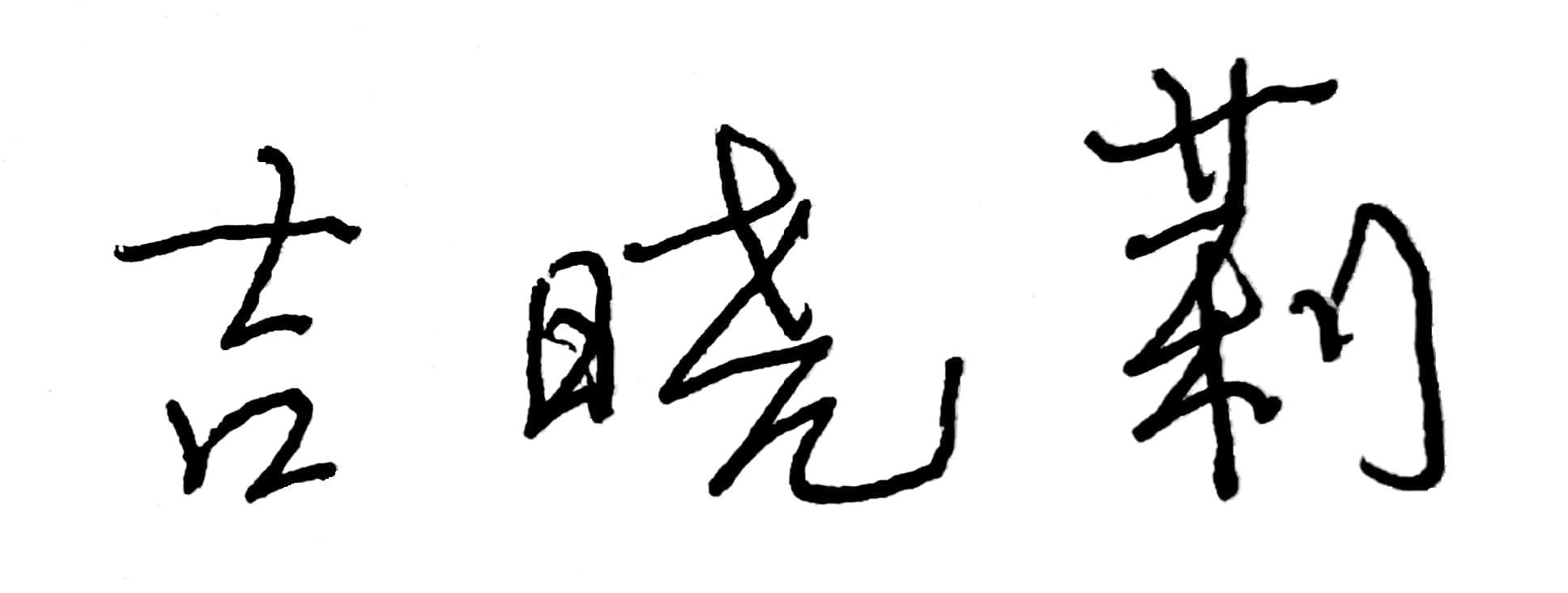
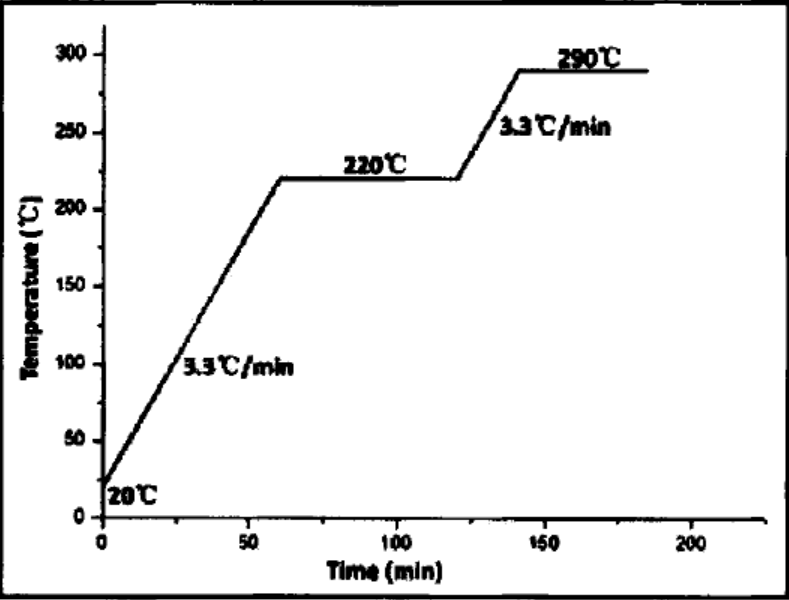
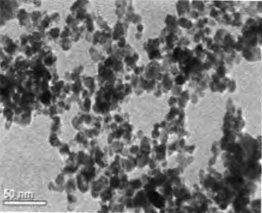
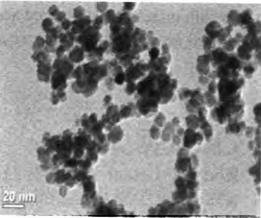
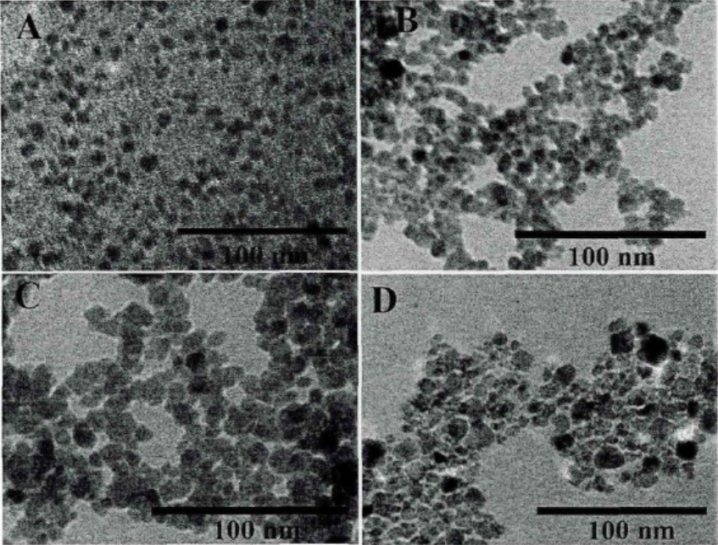
您可能感兴趣的文章
- 改善锂离子电池中硅基负极存储性能的策略研究外文翻译资料
- 通过添加压电材料BaTiO3提高大功率锂离子电池的微米级SiO @ C/CNTs负极的电化学性能外文翻译资料
- Pd和GDC共浸渍的LSCM阴极在固体氧化物电解池高温电解CO2中的应用外文翻译资料
- 利用同步回旋加速器粉末衍射的方法来研究在有其他物相的情况下C4AF的水化作用外文翻译资料
- 外国循环流化床锅炉发展现状外文翻译资料
- 含石蜡基复合材料的多壁碳纳米管的热性能外文翻译资料
- 矸石电厂炉渣机制砂的应用研究外文翻译资料
- 机动车螺旋弹簧的失效分析外文翻译资料
- 从废阴极射线管和锗尾矿制备高强度玻璃泡沫陶瓷外文翻译资料
- 作为导热液体的液态金属在太阳能储热中的应用外文翻译资料




